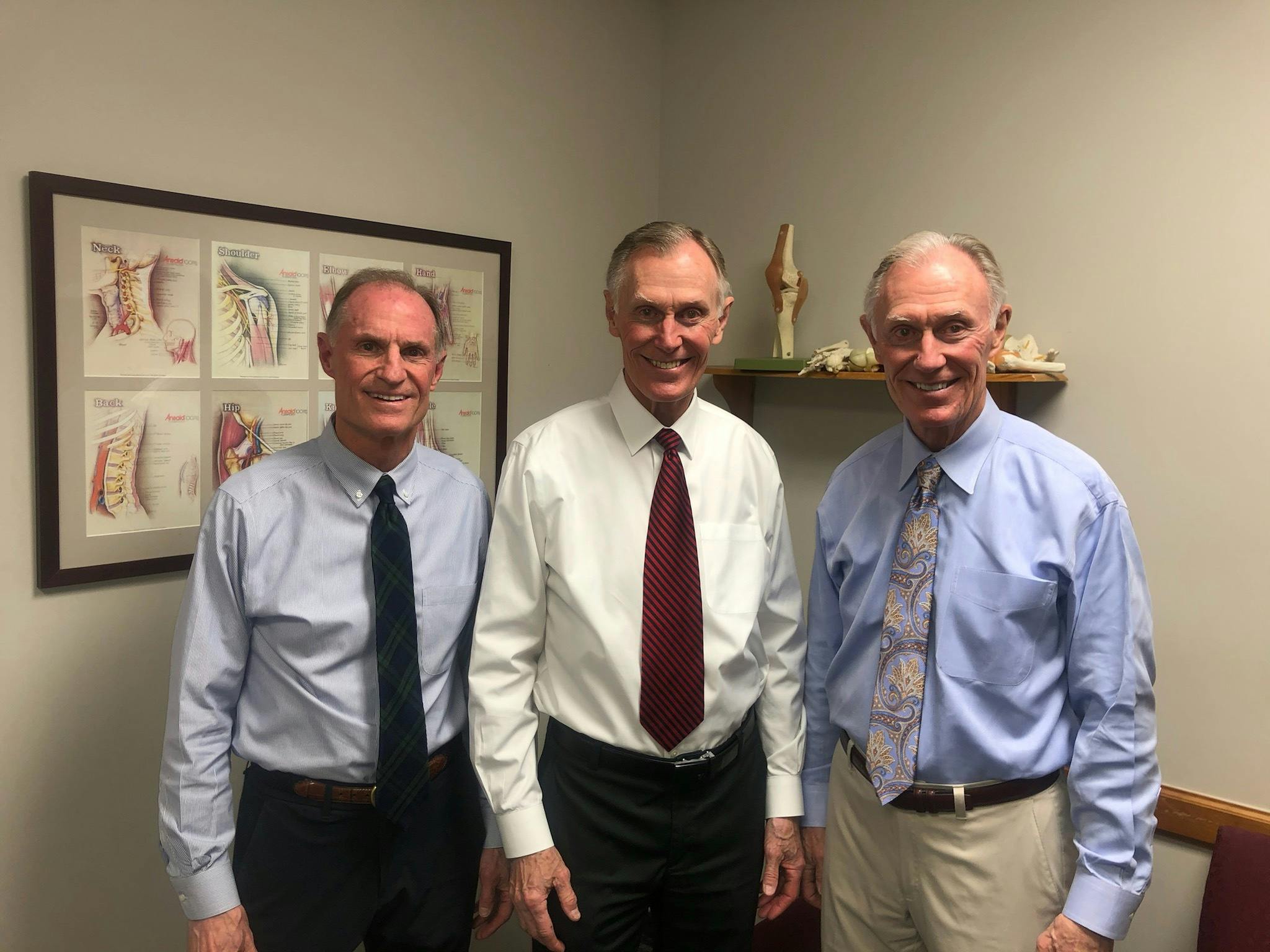
2024-06-21T14:29:51
Coral Desert Orthopedics Voted Best Orthopedic Surgeon in Southern Utah
- Orthopedics
March 7, 2017 | Orthopedics • Osteoporosis Center • Sports Fitness and Physical Therapy
Specialties:Orthopedics

For people dealing with severe knee pain, knee replacement surgery can be a good option. During a knee replacement surgery, your surgeon will attach an artificial joint to the knee to replace the damaged section of a joint.
Knee replacement surgeries are generally for people over the age of 50 or with extreme osteoarthritis, and they’re usually suggested after other treatment methods have been unable to correct pain and other major symptoms.
Advances in surgical technology in recent years have made recovery simpler and quicker, but there are still several things to be aware of. Here are some of the key parts of post-surgery recovery.
If you’re undergoing knee replacement surgery, expect to be staying in the hospital for about three to five days after the surgery. During the first 24 hours or so, you may be confined to a bed.
After this point, most people are able to stand up and make simple movements of the joint the day after surgery. You’ll have to use parallel bars or a walking device to help you get around in the early stages of recovery, before your body is able to put normal pressure on the new joint.
Most people are able to move around consistently without assistance at about six weeks post-surgery.
To make sure everything heals properly and that the new joint achieves its full strength, there are precautions you should take after knee surgery. A few of these include:
Physical therapy is important for many people who have undergone recent knee surgery. In some cases, depending on the condition of the knee right after surgery, you might spend anywhere from a week to 10 days at a rehabilitation facility.
In other cases, you’ll be sent home and a physical therapist will come to your house. These physical therapy programs generally range between one and two months, depending on the condition of your knee.
There are dozens of exercises that can help strengthen and maintain your knee after surgery, and your physical therapist will help create the best individual plan for you. Your therapy plan might include:
Knee surgeries can be uncomfortable, but with the right precautions and recovery tactics, you can get well enough to return to nearly all of the same activities you were doing before. If you are preparing for knee surgery or are wondering about recovery methods, speak to your doctor.
“Knee Replacement Surgery for Arthritis.” WebMD. http://www.webmd.com/osteoarthritis/guide/knee-replacement-surgery#1
“Total Knee Replacement Exercise Guide.” American Academy of Orthopedic Surgeons. http://orthoinfo.aaos.org/topic.cfm?topic=a00301
WRITTEN BY:
The Live Better Team


2024-06-21T14:29:51

2024-02-06T11:40:13

2023-03-30T11:23:12

2021-06-30T10:17:21
This information is not intended to replace the advice of a medical professional. You should always consult your doctor before making decisions about your health.